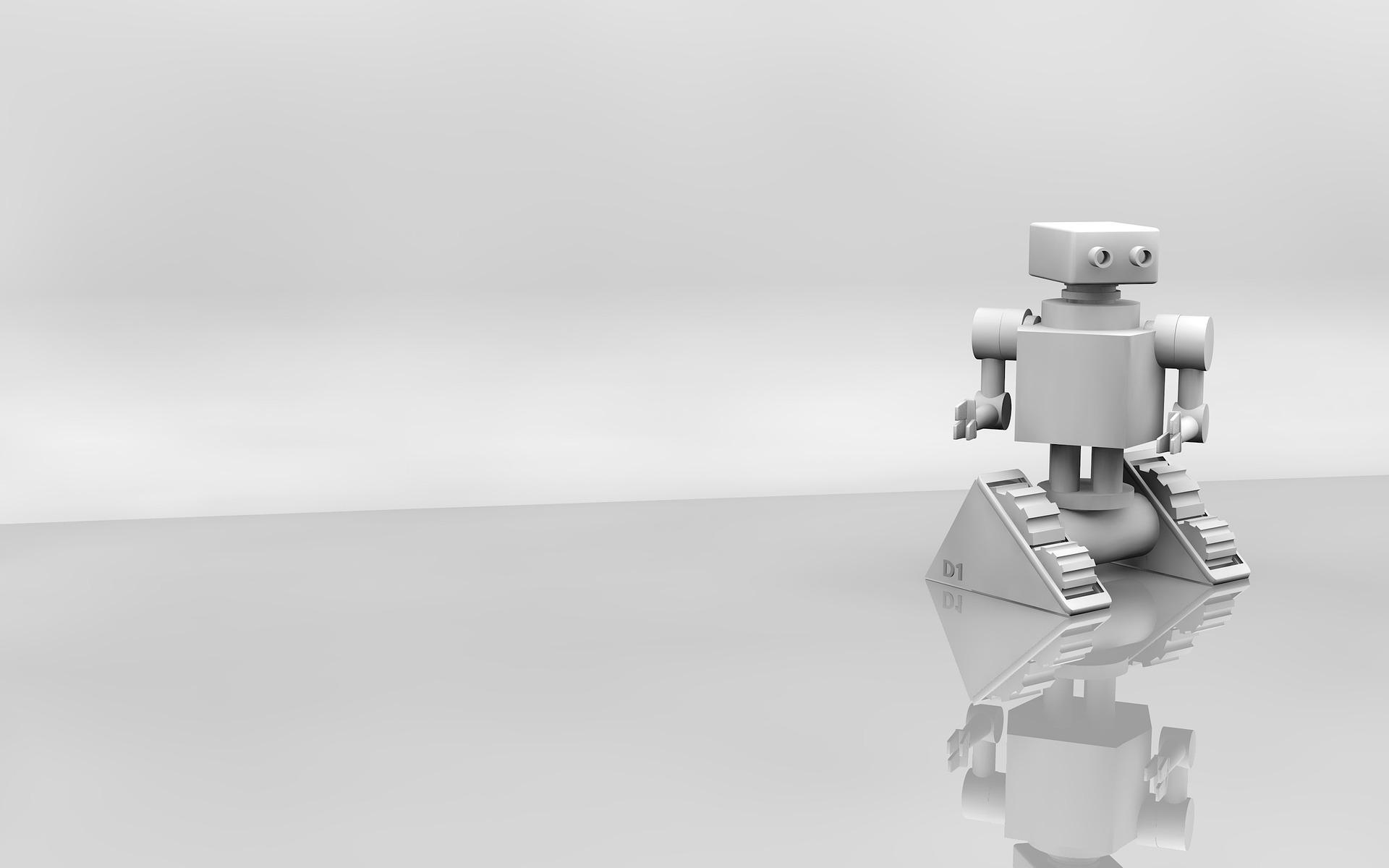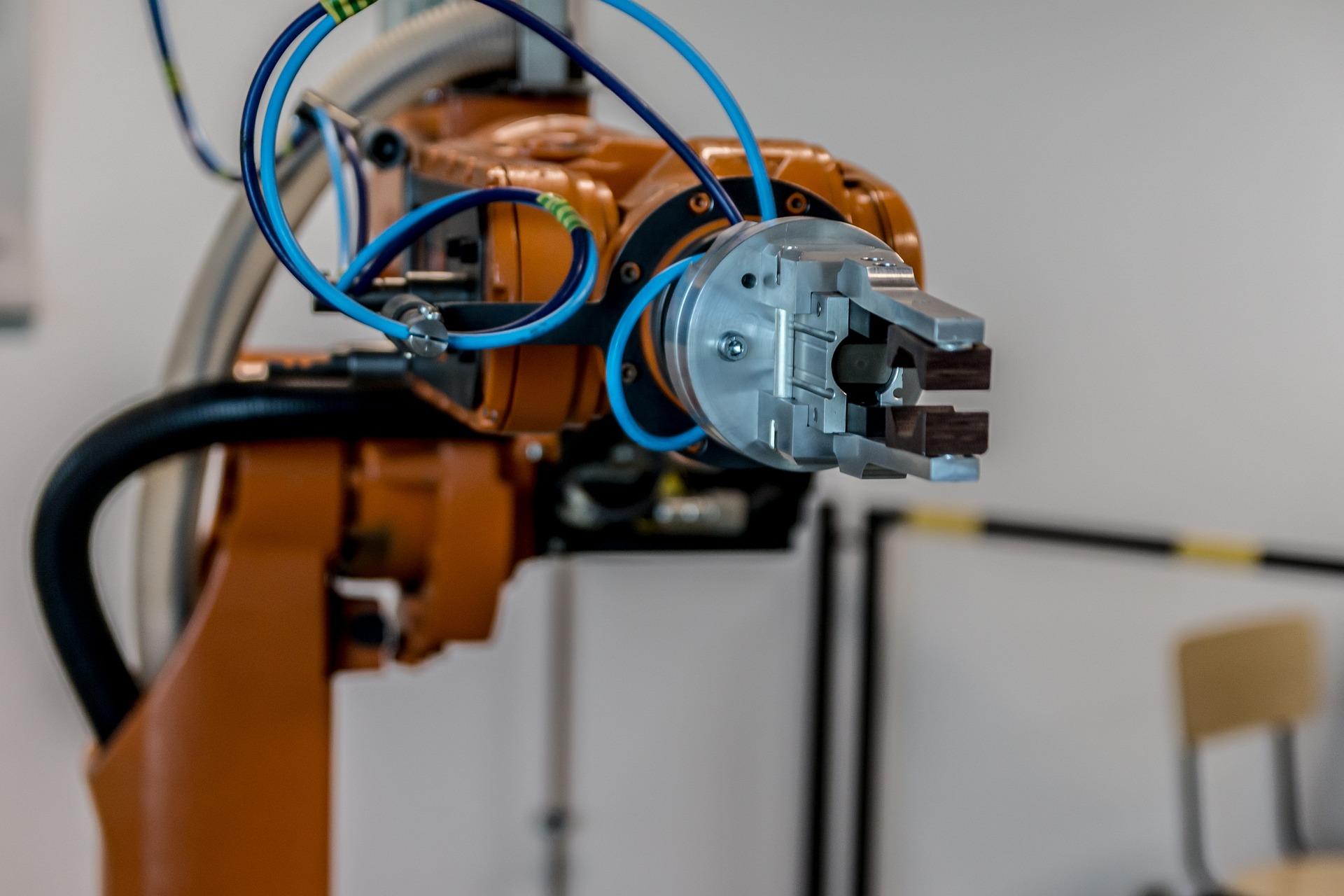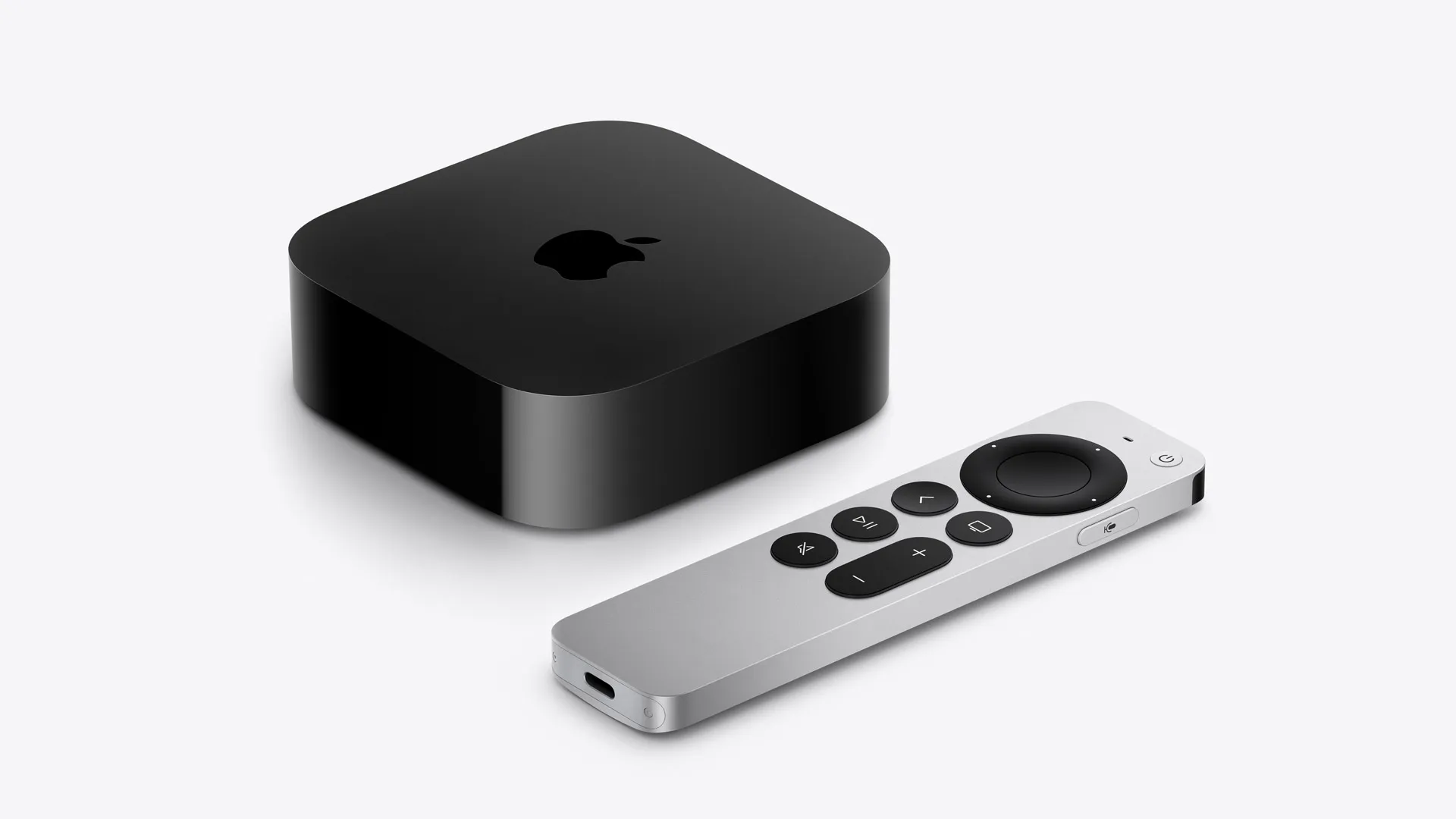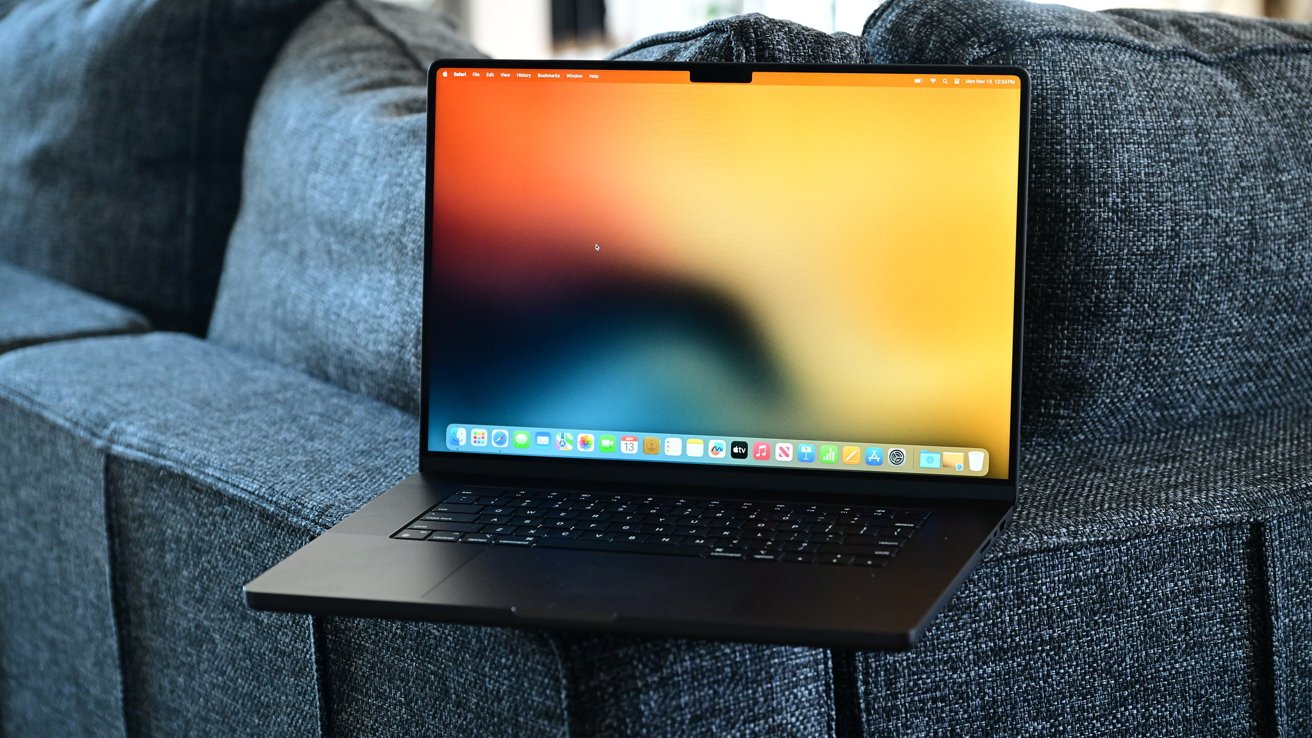-
Apr 6, 2023, 9:37 am1.4k pts Special Content
Special ContentThe use of automation and robots has skyrocketed in recent years. These cutting-edge gadgets have revolutionized every facet of our lives, from the workplace to the family home. But what are robots and automation, precisely, and how can they enhance our productivity and standard of living?
Envision a future in which robots can do everything from product assembly to medical care, the kind of work that was previously only achievable by humans. Robotics and automation have completely transformed manufacturing, which has enhanced output and precision while decreasing the potential for human mistakes. Of course, that's not all. We are beginning to see the benefits of incorporating these technologies into our regular routines.

Have you ever utilized a smart thermostat or a robotic vacuum cleaner? These are just a few ways that automation is enhancing human well-being. What, if anything, does the future hold for robots and automation? Will there be even more sophisticated machines capable of doing more jobs? And how will it affect the labour force? As robots and automation become more commonplace, will this mean fewer jobs or more opportunities for people?
Here, we'll explore the world of robotics and automation, from its origins to its current use in industry and daily life. We'll also look at the potential future of these technologies and the ethical considerations that come with them.
History and Development of Robotics and Automation
Ancient innovators used tools to speed up labour-intensive processes like farming and weaving, laying the groundwork for modern robotics and automation. Although robots have been around since ancient times, the modern age of robotics started in the early 20th century with the construction of the first industrial robot by George Devol in 1954. Then, as more sophisticated sensors, controls, and actuators were available, robotics and automation technologies grew fast.
Robotics and other forms of automated technology are now widely employed in many fields, from manufacturing to healthcare. The advancement of these technologies has contributed to greater efficiency, lower costs and higher occupational safety standards. Automation and robotics have certain similarities but are still different ideas. Each is explained below:
- Robotics: Robotics is the field of study and development of machines that can perform tasks autonomously or under human control. Robotics involves designing, constructing, and programming robots to perform specific tasks.
- Automation: Automation refers to the use of technology to perform tasks automatically without the need for human intervention. Automation involves using machines or software to control and monitor processes and systems.
While robotics and automation are different, they are often used together to improve efficiency and productivity. For example, a robotic arm can be used in a manufacturing plant to automate the assembly of products, reducing the need for human workers.
How Robots and Automation Work
So, how do robots and automation work? Here's a breakdown. Robots rely on sensors to gather data about their environments, controllers to analyze that data, and actuators to carry out the robot's desired actions. Robots may be taught to carry out a wide variety of operations, including welding, painting, and product assembly. Machine learning algorithms are also included in certain robots, allowing them to learn and advance as time goes on.
Processes and systems may be automated using software or mechanical control and monitoring. For instance, the temperature in a room may change automatically depending on the time of day or the residents' preferences. The movement of raw materials and finished goods through a manufacturing facility's assembly line may be managed using automated systems.

Robotics and Automation in Industry
Robotics and automation have been at the forefront of technological advancements, transforming the industrial landscape by revolutionising how we work. These technologies have paved the way for more efficient and productive processes, leading to cost savings and improved safety. Robots and automation systems are being used in industry to achieve higher levels of productivity and efficiency. Here are some ways these technologies are employed:
- Automating assembly lines and manufacturing processes to increase speed and accuracy.
- Using robotic arms for welding, painting, and other manufacturing processes.
- Autonomous guided vehicles (AGVs) to transport materials around factories.
- Robots for material handling and packaging.
Instances, Where Such Technologies Have Been Used
The implementation of robotics and automation systems has increased across various industries. Here are some industries where they are being utilised:
- Automotive: Robotics and automation are used in automotive production to assemble components, paint cars, and transport materials.
- Food and beverage: Automation is used in food processing plants to sort, package, and label products, while robots are used in tasks such as palletising and material handling.
- Healthcare: Robotic-assisted surgeries and automated medication dispensing systems are examples of how robotics and automation are used in healthcare.
- Construction: Robotics and automation perform tasks such as bricklaying, excavation, and demolition.
Robotics and Automation in Daily Life
Robots and automation have impacted the industrial sector and our daily lives, making things more convenient, efficient, and safer. From household chores to transportation and healthcare, robotics and automation significantly improve the quality of our daily lives. They can work while you are watching 5 movies on Netflix that will make you cry.
In our daily lives, robotics and automation systems are used in several ways to make things more convenient and efficient. Here are some examples:
- Home automation systems: These systems allow homeowners to control their home appliances, security, and lighting with a few taps on their phones.
- Healthcare: Robotic-assisted surgeries are becoming increasingly popular, and telemedicine utilises automation to provide care remotely.
- Transportation: Self-driving cars and drones are becoming a reality, while automated traffic control systems make our roads safer.
- Entertainment: Robotics and automation create immersive experiences like virtual reality and theme park rides.
Examples of Robotics and Automation Implementation
Here are some specific examples of robotics and automation implementation in various fields:
- Households: Robotic vacuums, smart thermostats, and voice-controlled assistants are becoming more common in homes.
- Healthcare: Robotic-assisted surgeries perform complex procedures with greater accuracy and less pain for patients.
- Transportation: Self-driving cars are becoming a reality, and automated traffic control systems are being implemented in cities to improve traffic flow and reduce accidents.
- Agriculture: Robotics and automation are used to automate tasks such as planting, watering, and harvesting crops.
- Retail: Robotics and automation are used to automate tasks such as restocking shelves, customer service, and checkout.
Benefits and Drawbacks of Using Robotics and Automation in Daily Life
Robots and automation are influencing many facets of our lives, from the comfort and convenience of our homes to the quality of our healthcare and the accessibility of our transportation options. While there are certain downsides to using them, the upsides are undeniable. With the progress of technology, new and exciting applications for robots and automation will emerge.
Benefits:
- Improved efficiency and convenience in daily life.
- Greater accuracy and precision in various fields.
- Increased safety in industries such as healthcare and transportation.
- New job opportunities in fields related to robotics and automation.
Drawbacks:
- High initial investment costs for implementation.
- Potential job losses due to automation of tasks previously performed by humans.
- Dependence on technology can fail and disrupt daily life.
- Privacy concerns with the collection and use of personal data.
The following table showcases some specific examples of how robotics and automation are used in households, healthcare, transportation, and other fields.
Field
Example
Household
Robotic vacuum cleaners, intelligent home devices, and voice assistants
Healthcare
Surgical robots, telemedicine, and medication dispensing machines
Transportation
Self-driving cars, automated drones, and traffic control systems
Retail
Self-checkout machines, warehouse automation, and inventory management systems
Nowadays, a lot of people like casino gambling UK and thanks to the modern digital world they can gamble online. Suppose you want to learn more about the latest technological advancements in online gambling. In that case, you can visit https://www.slotozilla.com/uk/ - a website dedicated to providing players with the best online casino UK gaming experience.
Conclusion
Robotics and automation have revolutionised how we live and work, improving efficiency, productivity, and quality of life. From manufacturing to healthcare, transportation to entertainment, robots and automated systems are increasingly becoming a part of our daily lives. They have the potential to make our lives easier and more enjoyable while also reducing our impact on the environment.
However, as with any technological advancement, there are drawbacks, such as potential job displacement, initial costs and maintenance expenses, and ethical concerns. It is important to weigh both the benefits and drawbacks before implementing robotics and automation in any field.
Trending Today on MacHash
MacHash is your real-time Apple news aggregator, delivering the latest headlines on Apple, Mac, iPhone, iPad, and iOS from top sources across the web.
As a powerful content discovery platform, MacHash continuously curates breaking news, product announcements, software updates, reviews, and industry insights related to Apple Inc. and its ecosystem.
MacHash helps you stay informed on everything from macOS and iOS developments to Apple Watch, AirPods, and the latest in tech and app innovation.
Access MacHash from your desktop or mobile device to explore, follow, and share the most trusted Apple news all in one place.















